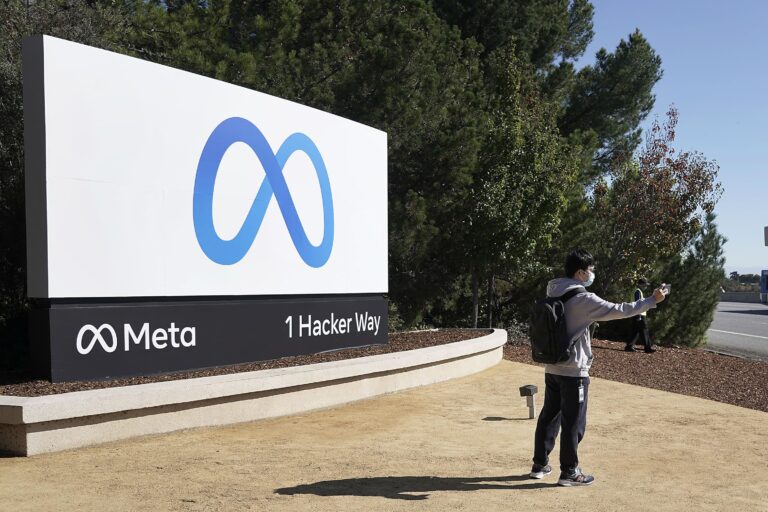Price still likely to be the biggest decider.
- Microsoft, in conjunction with Lenovo and JP, has launched some hardware that is more appropriate for the Windows 10 S initiative (than the nosebleed surface laptop) but it needs to bring the price even lower to really take on Google and Chromebooks.
- Four new devices have been launched starting at $189 and going up to $299 that are squarely aimed at attacking Google’s position in the education market both at home and overseas.
- The main difference between the price points is support for key functionalities such as pen-based input, touch, battery life as well as 3D.
- However, one of the JP devices has implemented Windows Hello which I think is a pointless innovation for education.
- Affordability is key to the education market and with most Chromebooks priced at $200 or under, every dollar is going to matter.
- Windows Hello is a convenience for identification, but I don’t think that it adds anything to further the education of students and so in this context, it represents added cost for no tangible benefit.
- Lenovo has been much more prudent and has included functionality which arguably improves education process and hence is more likely to be paid for by schools.
- I suspect that all devices that ship to schools will be running Windows 10 S which is more lightweight and easier to manage from and policies and app perspective.
- The app limitations of Windows 10 S (see here) mean that Windows 10 S can run effectively on devices that compete with Chromebooks but this still clearly needs some work.
- This is because there is still not yet pricing parity between Chromebooks and Windows 10 S devices.
- Chromebooks are mostly priced below $200 whereas the cheapest of the Windows 10 S devices starts at $189.
- Consequently, this is likely to mean that there is a large enough price disparity between Chromebooks and Windows 10 S devices to make an establishment think twice when buying several hundred devices.
- That being said, Microsoft has seen some market share gain in education establishments, albeit most of it has been in higher price categories.
- Microsoft also has made big concessions to students with Microsoft Education 365 which offers Office functionality at very low cost.
- This is far from altruistic and in my opinion, represents a great investment as these students will grow up knowing and preferring Office.
- This combined with increasing support from book publishers and bringing AR and Minecraft into the education sphere helps Microsoft’s offering albeit at the higher end of the price range.
- I think that this recent set of announcements helps push Microsoft deeper into education but to really take Google head-on, its devices need to be closer to the pricing of Chromebooks.
- The added tools like pen and touch help but money is so tight these days that price is still likely to be the overriding factor in the majority of cases.
- Hence, I see Microsoft making some steady gains in education but it needs to do more to really take a bite out of Google.









Blog Comments
Microsoft - Surface Go - A device whose sole aim is to advance the adoption of Office. - Smart Home Pub
July 10, 2018 at 11:55 am
[…] smartphones. This is obvious in its choice of OS where it is shipping the device with Windows 10 S (see here) for which the use case is clearly education and not much else. Consequently, for the use case for […]